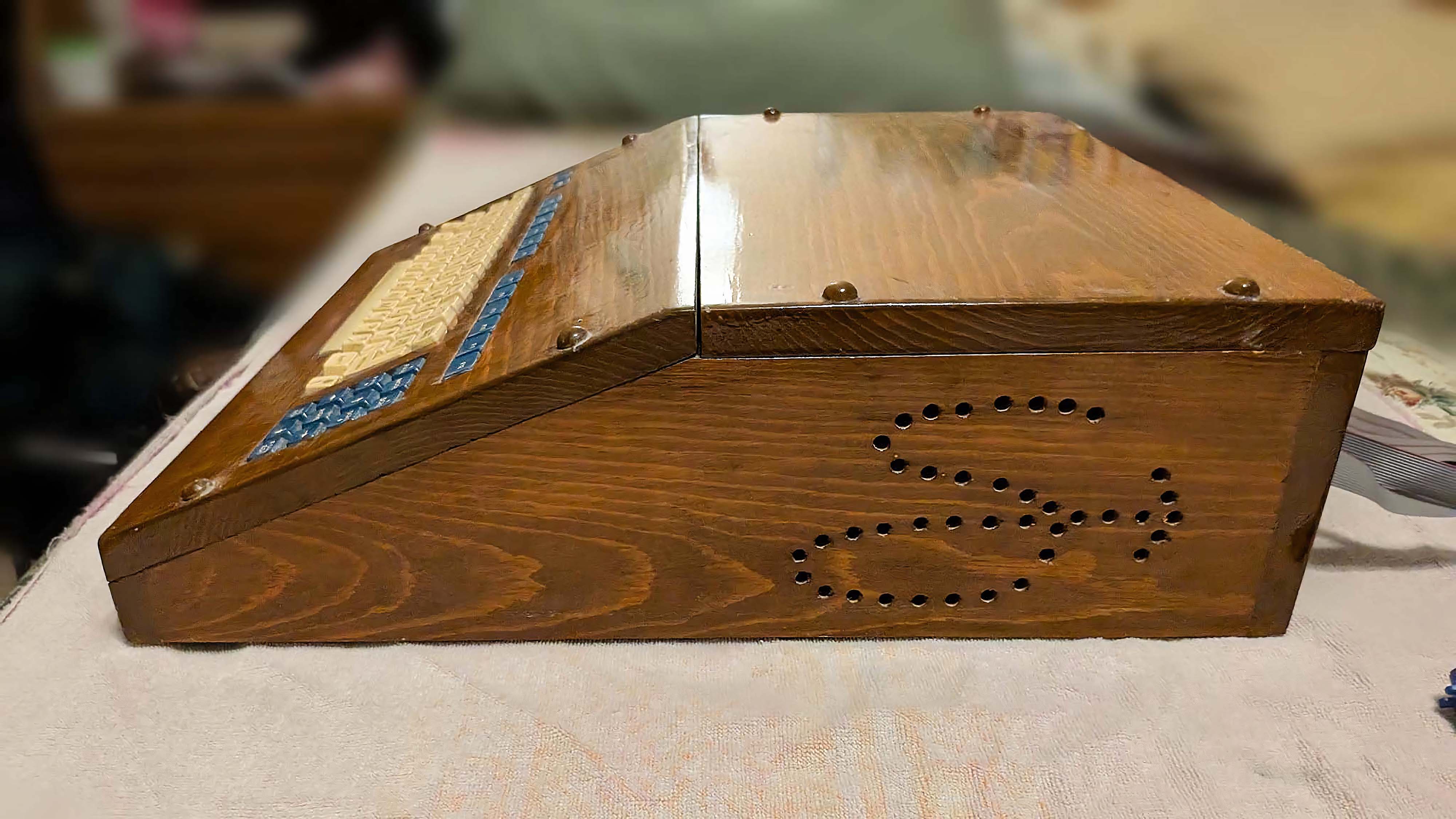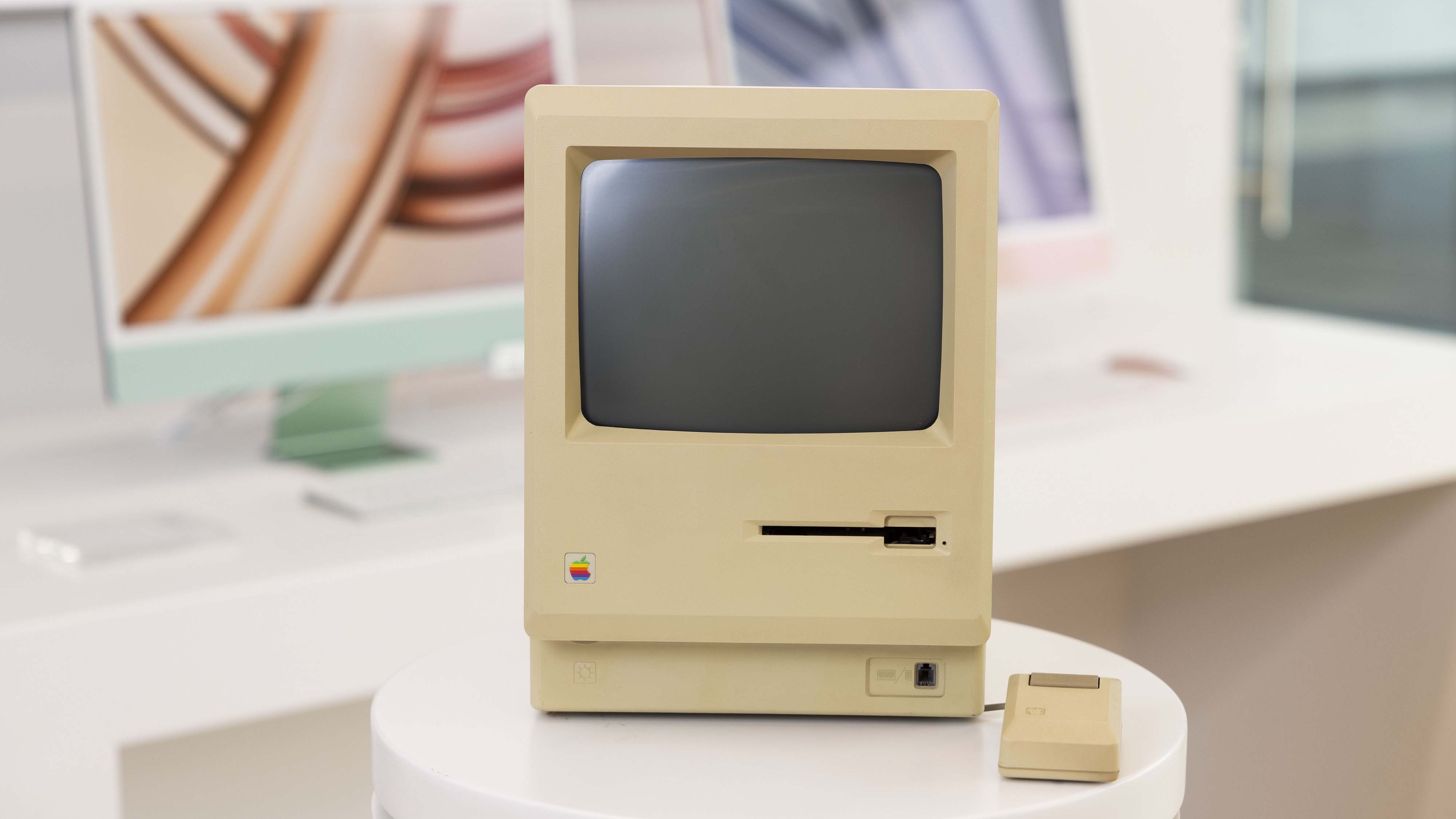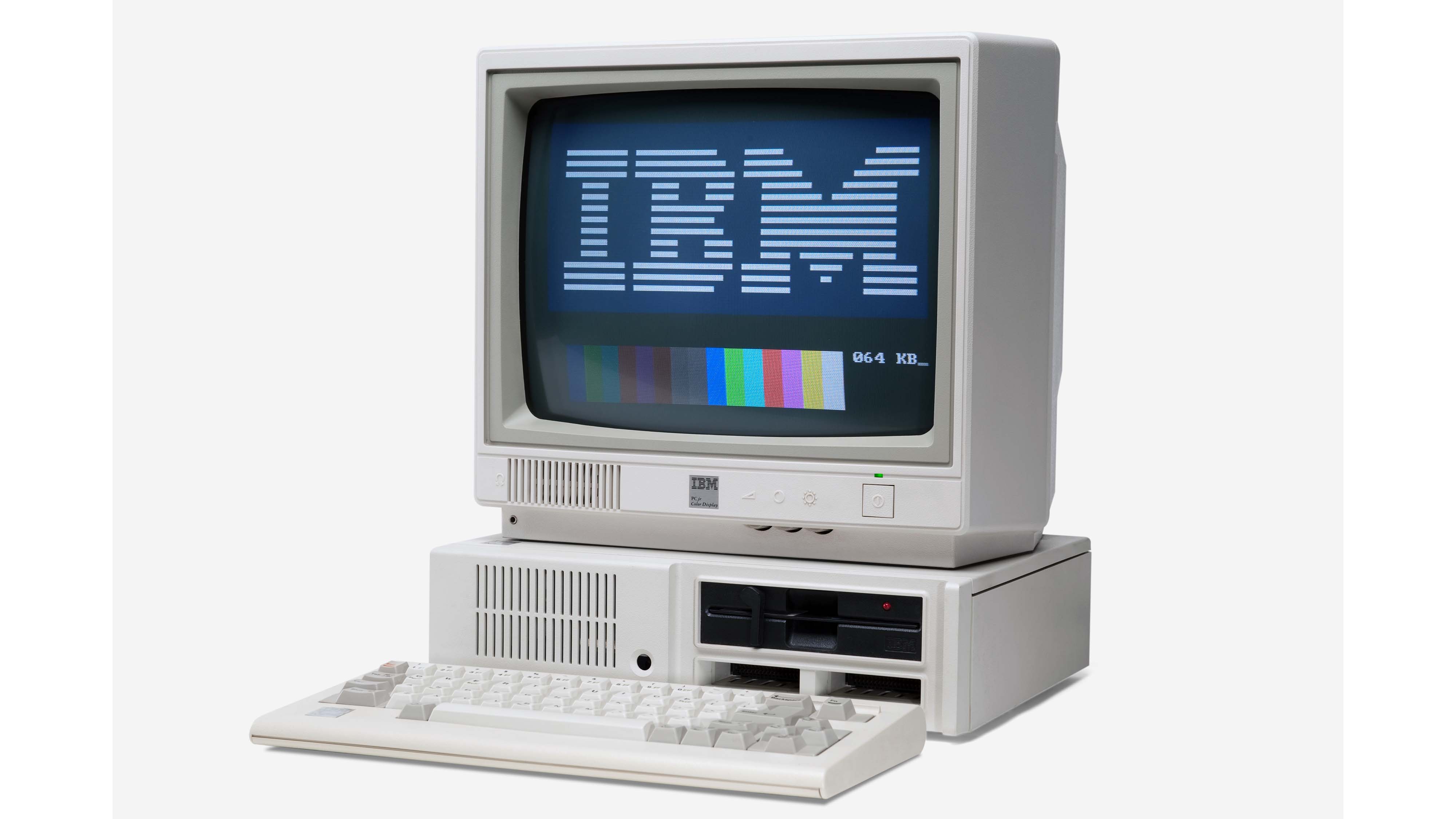My father built our first Frankenstein computer with Apple parts before switching to Microsoft — and I can pinpoint the exact moment a 'walled garden' changed his mind
Before Apple locked down its hardware, my dad built PCs with parts from catalogues and Radio Shack. Then came the walled garden.
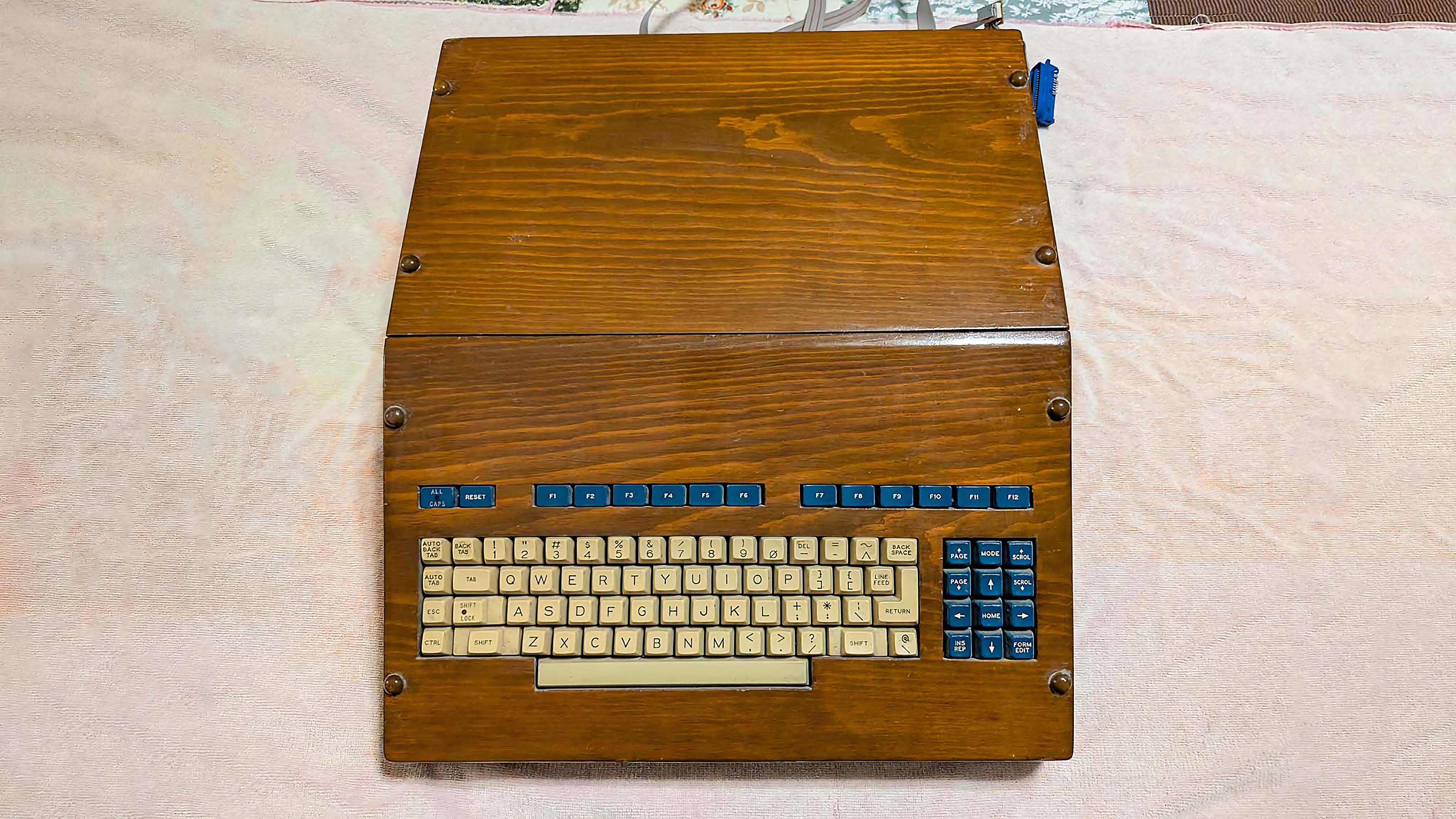
Growing up, my home was always filled with the hum of multiple PCs. It wasn't uncommon for me to walk into our den only to see computer parts scattered on a table as my father, an electrical engineer, rebuilt PCs and updated them to suit our needs.
And for a time, Apple was part of that story, but then the rise of the "walled garden" turned us away from Apple computers forever, gradually moving to Microsoft.
Recently, while talking with my dad, I learned more about the exact moment when Apple changed from offering open PCs to closed ones. I found this historical retelling interesting, since I lived through it but wasn't old enough to internalize it, so I decided to relay it here.
Apple once offered open PCs, and this allowed my father to build one on a budget in the 80s
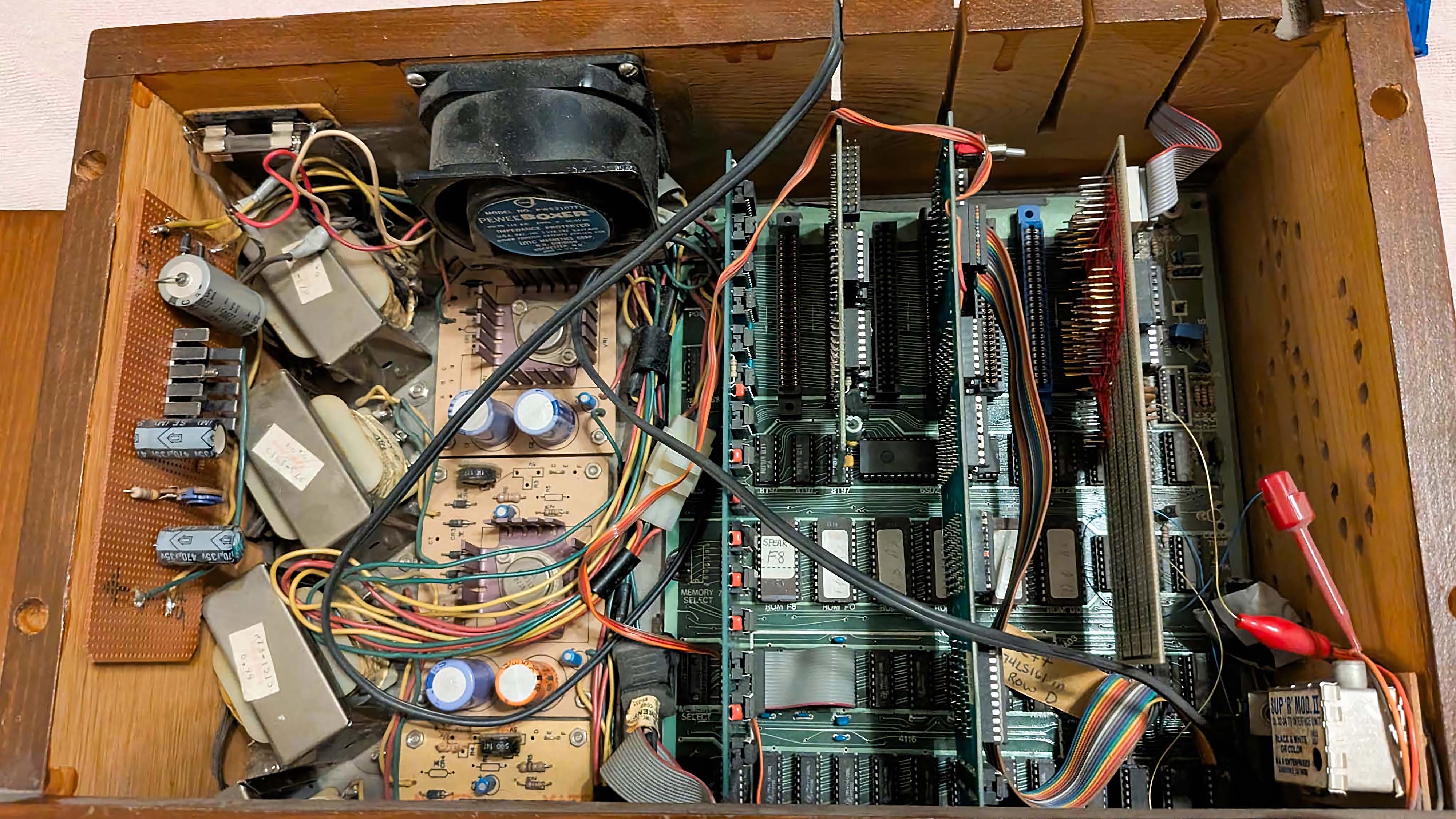
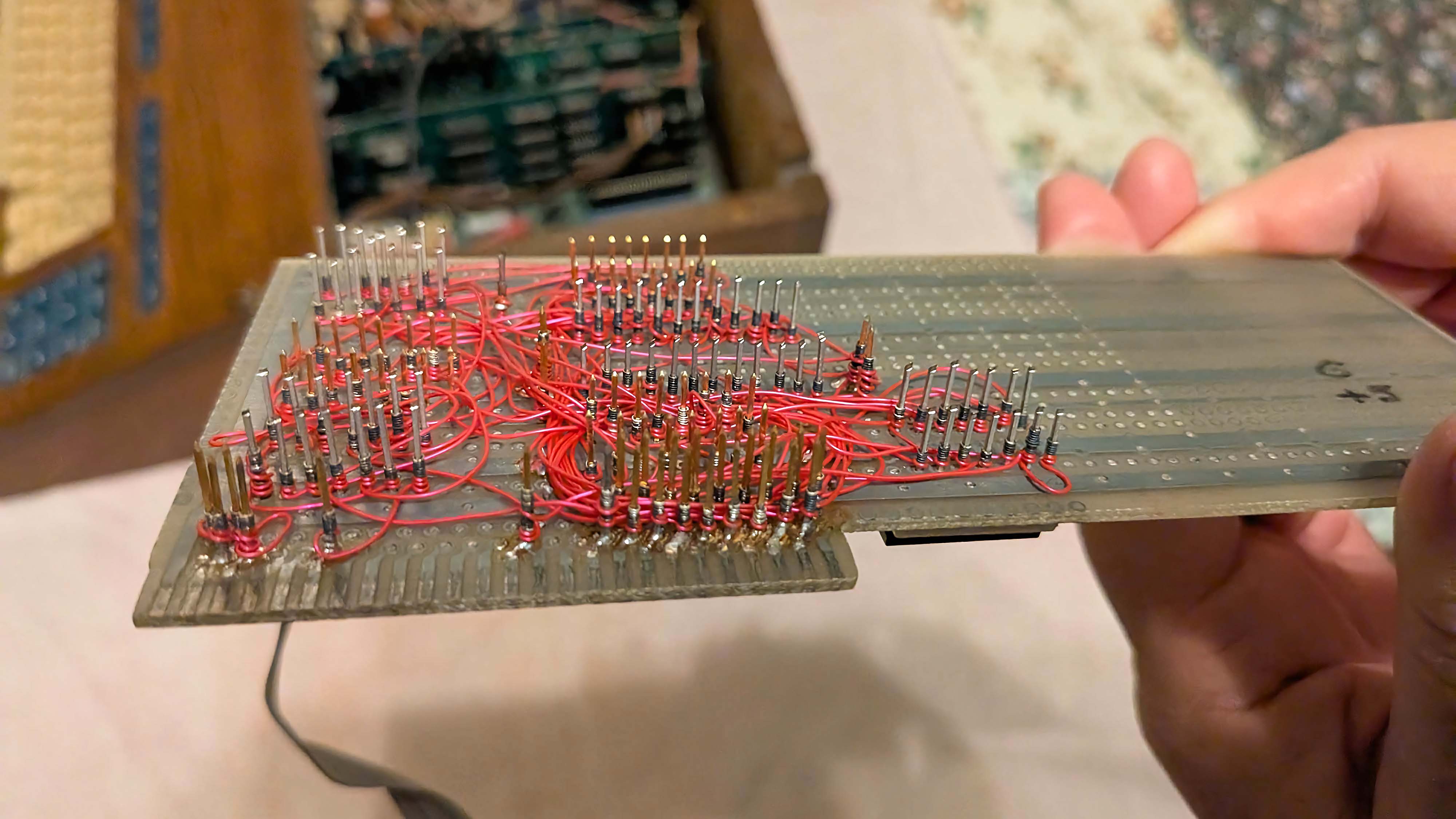
The first computer my father ever built was a Frankenstein’s monster of various Apple PC parts, made in 1982 when personal computers were rare and wildly expensive. At the age of 23, my dad was a broke college student with more ingenuity than cash. When the opportunity presented itself for him to customize an Apple II motherboard that had several mistakes on it, he jumped at the chance.
First, he cut traces and soldered dozens of jumper wires to make the motherboard usable. To build the rest of his computer, he ended up scouring catalogues and visiting Radio Shack to piece together a working machine, often with parts he had to socket or solder himself.
Remember, this is back when computer parts weren't as widely available, so he often had to rig his own setups. He was even lucky enough to come across people getting rid of an old monitor and a printer at different times. He loved the freedom this Apple machine gave him to make his own cards, utilize PROM (Programmable Read-Only Memory) programmers, and plug in various devices so he could use the PC as desired.
You see, back then, Apple was open enough for hobbyists like my dad to reverse-engineer processes and customize its devices. He even created a custom EPROM to make a torndown keyboard he bought from a surplus store compatible with his 'Frankenstein machine'.
All the latest news, reviews, and guides for Windows and Xbox diehards.
And when he couldn’t afford a case, he went to his college's wood shop, cut a case that perfectly fit his keyboard, and proudly drilled vent holes in the side in the shape of an “S” for Spear. This wooden case had a flat top so he could place a monitor on it.
All in all, he ended up only spending $800 (~$2,665 modern-day equivalent) to make this Frankenstein computer, while a comparable PC in 1982 would have cost him $2,400 (~$8,034 equiv.), insanely pricey for the time.
With this completed computer, he was able to use a word processor and a spreadsheet program to complete his homework while many of his classmates were using typewriters or handwriting their assignments.
Apple forces you to do it their way or no way.
The computer worked well and was still around by the time I was old enough to start using a computer several years later. Some of my earliest memories are of playing Donkey Kong on that machine, my tiny hands fumbling across a keyboard embedded in the wooden frame as the monitor displayed an orange gorilla on a black screen.
No one else I knew had a computer like this. It was a one-of-a-kind creation made possible via an open design that allowed my father to learn about PCs and create a machine that served his needs.
Apple put my family off its computers when the walled garden reared its head
But by the early to mid-90s, everything changed when Apple released a new Macintosh computer. My dad excitedly brought it home, opened the box, and realized the computer was sealed, unlike previous Apple PCs.
Of course, he opened it anyway, but only to find the parts on the motherboard were soldered rather than socketed, meaning users weren't meant to replace the parts.
Upon further investigation, he also discovered that the Macintosh used SCSI communications, a new proprietary protocol that was different from the known protocols of the time. What's more, Apple either wouldn't share its SCSI protocols or didn't know how to share them, meaning computer hobbyists, or engineers like my dad, couldn't upgrade or tweak them.
That was the moment Apple lost him and many of his engineering friends. As he told me recently, "Apple forces you to do it their way or no way."
MS-DOS, Windows, and Linux to the rescue
Soon thereafter, the Macintosh became the “kids’ computer,” which my brothers and I used to play basic games or draw the Cool S in drawing programs (you '90s kids know what I'm talking about). Meanwhile, my dad, dissatisfied with the Macintosh, bought an IBM PC, which was an MS-DOS device that was open and unsealed. It not only served his needs better, but caught my attention as well.
I remember playing far more interesting games like DOOM, Duke Nukem, Commander Keen, Street Fighter, Avoid the Noid, Wolfenstein, and more on that computer as he continued to tweak and customize it.
Over time, my father started acquiring "broken" computers and fixed them until we eventually had a fleet of machines. While I don't recall the exact day that it happened, I remember that we eventually had a den full of Windows 95 computers. I can't tell you how many hours I spent playing games like Age of Empires II against my brothers, drawing in MS Paint, or writing stories in Word in our home computer lab.
While Windows wasn't always perfect, my dad loved that he could swap parts, tweak software, and build systems that reflected his needs, not just Apple’s vision. This is also why he eventually was drawn to Linux.
As I grew up, I also gained an appreciation for open devices, and I prefer to build my own computers. I'm not nearly as knowledgeable as an engineer, but I frequently upgrade the devices I own so they better suit my needs. The times I've used Apple PCs as an adult have been tedious and frustrating in comparison.
The walled garden is not for people who like customization.
Forcing limitations pushes your user base away
I found it interesting learning about the moment when Apple's walled garden first impacted my family and switched my dad from being an Apple PC user to a Microsoft PC user.
This decision ended up impacting my life and helping me learn more about computer customizations. More than anything, I believe people should have control over their tech, rather than it controlling what they can or can't do.
Windows isn't always the best when it comes to customizing, but it's a lot better than the tedious and frustrating limited experience Apple has on offer (and it offers far more widespread software compatibility than Linux).
I'll always fight to keep my PCs as customizable as possible.

Self-professed gaming geek Rebecca Spear is one of Windows Central's editors and reviewers with a focus on gaming handhelds, mini PCs, PC gaming, and laptops. When she isn't checking out the latest games on Xbox Game Pass, PC, ROG Ally, or Steam Deck; she can be found digital drawing with a Wacom tablet. She's written thousands of articles with everything from editorials, reviews, previews, features, previews, and hardware reviews over the last few years. If you need information about anything gaming-related, her articles can help you out. She also loves testing game accessories and any new tech on the market. You can follow her @rrspear on X (formerly Twitter).
You must confirm your public display name before commenting
Please logout and then login again, you will then be prompted to enter your display name.
